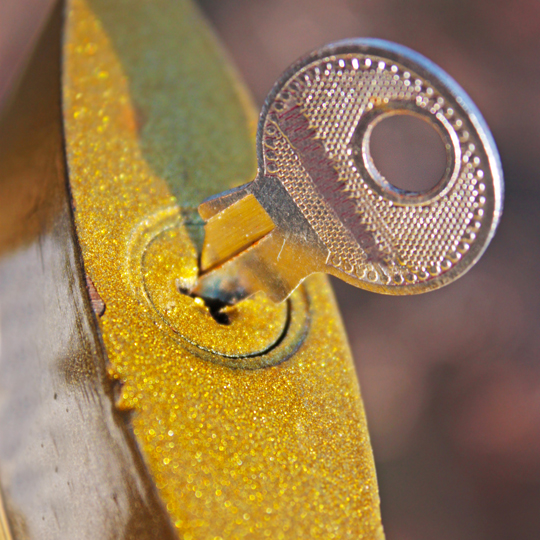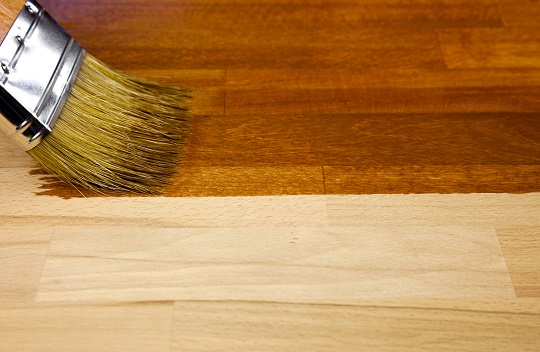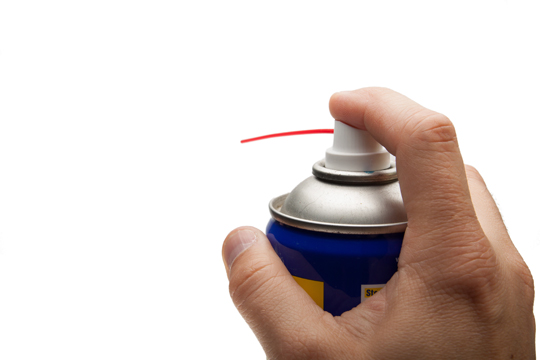If you have a lock that is giving you trouble, you may need to lubricate it.
Graphite is one of the traditional materials used for lubricating locks. You can use graphite in locks by spraying or pouring it into the keyhole. There are numerous companies that make graphite application devices which make it easy for you to apply the lubricant to your locks.
If you do not have any of these things on hand and need to lubricate your lock quickly, you can also use a graphite pencil.
1. Take the lead out of the pencil. If you have a mechanical pencil, you can simply pump it until all of the lead pieces are out. If you have a traditional wooden pencil, you will need to use a razor blade or a knife to remove the wood around the graphite.
2. Place the graphite into the keyhole. It is okay if it breaks off while you are trying to insert it, because it will be ground up anyways. When you use graphite in locks, the point is to create a fine powder that can be spread throughout the lock. Before you can do that, you have to get it in the lock.
3. Insert the key into the lock and slide it in and out. This will crush up the graphite and allow it to lubricate the lock. If the key will not go in because of the graphite, you will need to force it in. This will not break your lock, it will only break up the graphite.
4. Try the lock to see if it seems to turn easier. You can use more graphite if needed to keep it lubricated.
It is easy to use graphite in locks to help lubricate them. It is also inexpensive. The next time you have a lock that won’t turn, just grab a pencil and start grinding up that graphite.
Or, Call A Locksmith
Professional locksmiths can remedy a lot of your issues seemingly in the blink of an eye. But, first, you need to find one.
Rely on TalkLocal for that task. Our concierge service gets you on the phone with numerous local professionals who can address your needs. Our service is free and effective.










